Open sesame: Inside the ornate world of Japan’s intricate bento boxes
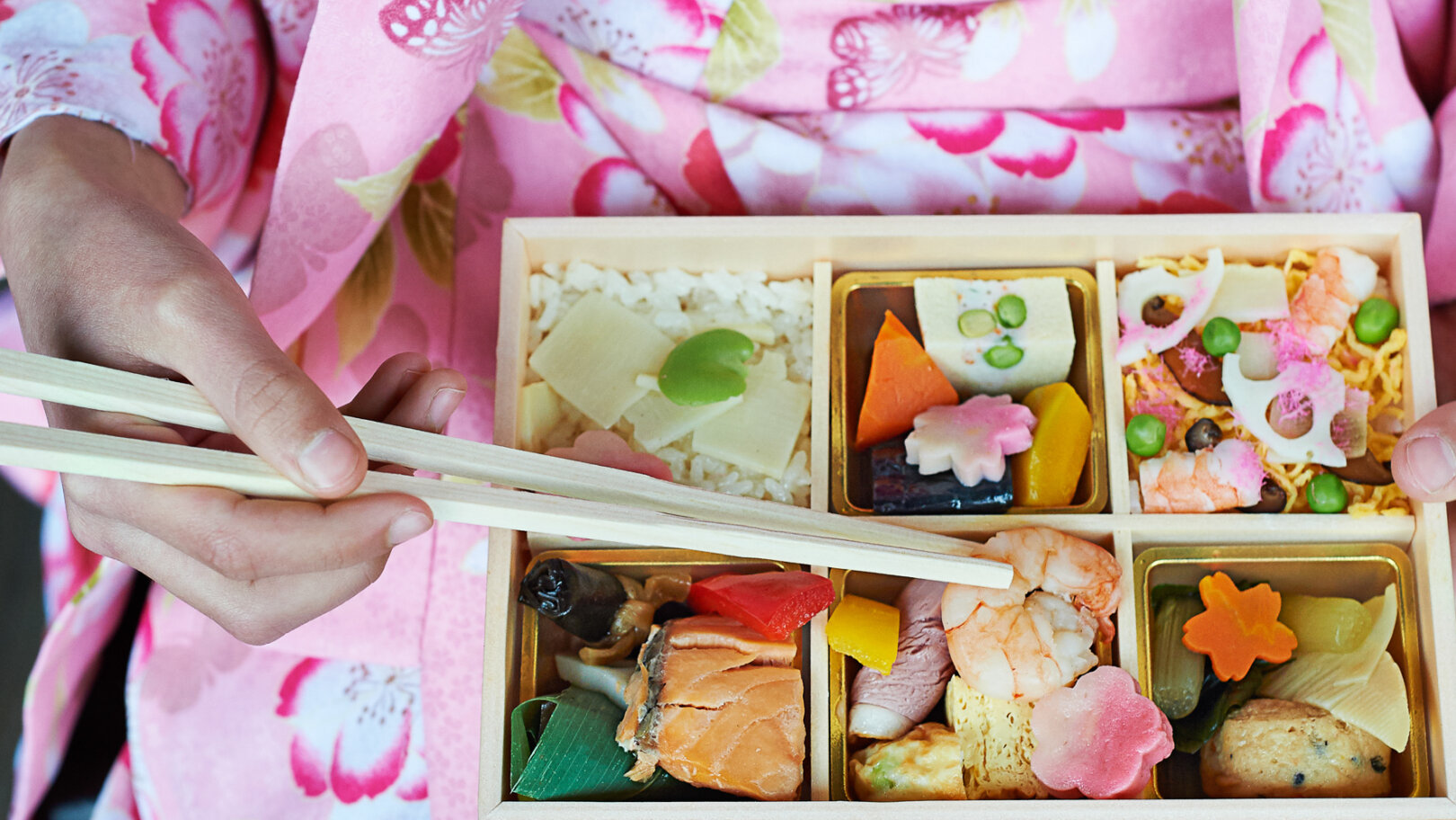
Despite his stern expression, Mr Magami is in high spirits. “Today is a hallowed day in Japan,” says the master calligrapher. “The plum trees are in bloom in Kyoto,” he says. “In Japan, they are the first messengers of spring which we celebrate in many ways. The blossoms are important in Japanese culture because their transient beauty is a reminder that life is short and we must live it well and wisely.”
Outside, in Kyoto’s parks and gardens, the locals have come out in force to indulge in the popular tradition of umemi (plum blossom viewing). Many carry with them the corresponding bento: the kurama, which is suitably dressed in the colours of the season, including flamingo-pink prawns and rose-coloured, flower-shaped namafu sweet treats, a steamed delicacy made from wheat gluten.
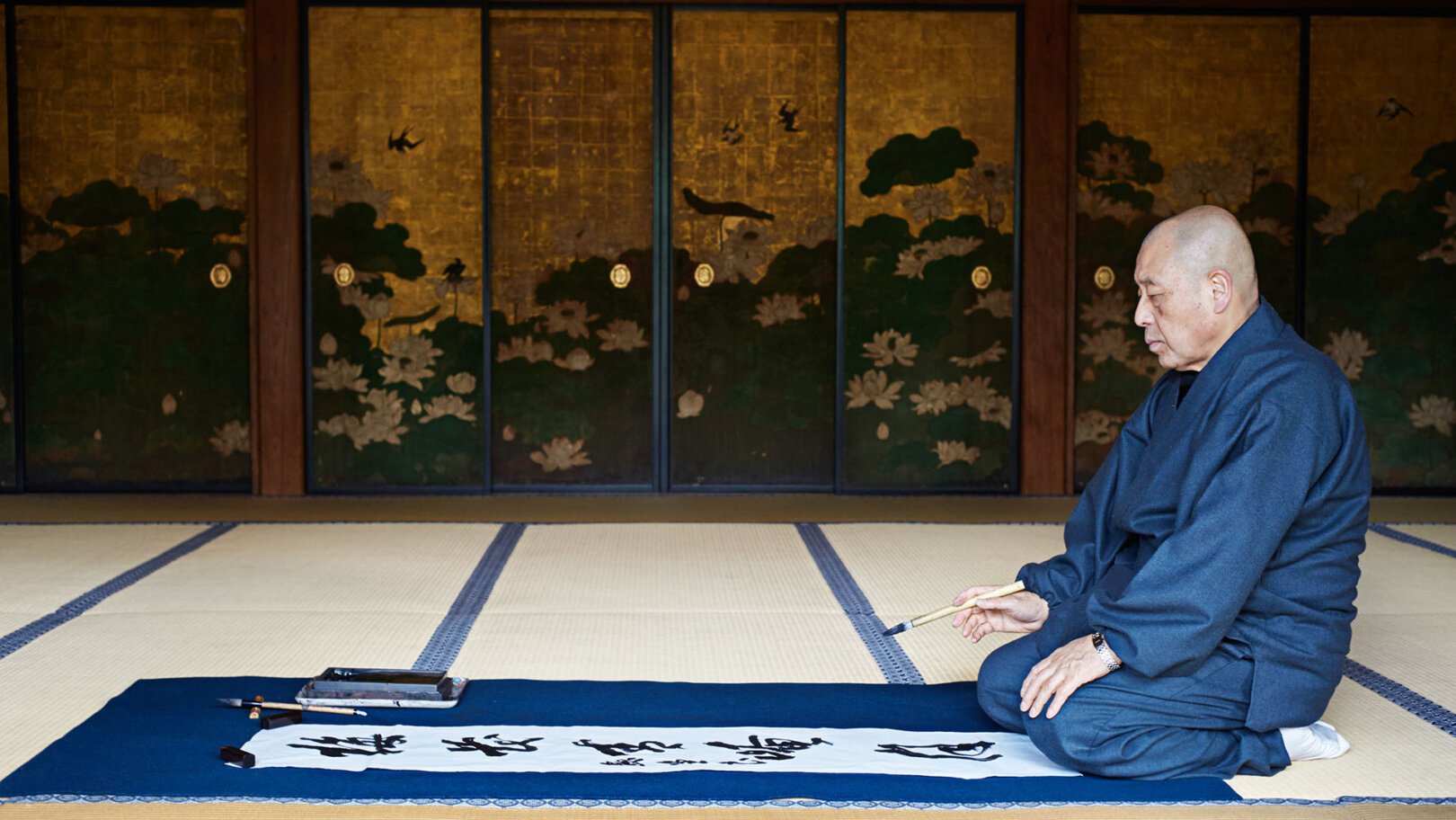
The calligrapher heralds spring – celebrated with a specific bento
It’s just one of thousands of different types of bento – originally derived from the Chinese word biàndāng, meaning convenient – which have been popular in Japan since the 5th century, when farmers would carry simple packed lunches to work.
Since then, they’ve evolved to not only reflect the various seasons, but the regions in Japan and a wealth of different special occasions, covering everything from taking a train to a night out at the theatre.
I make my way through the crowds to the Zen Buddhist Korin-in Temple. There, tea mistress Ms Moriya welcomes me with a bow, before inviting me to wash my hands and rinse my mouth at the tsukubai, a stone water basin.
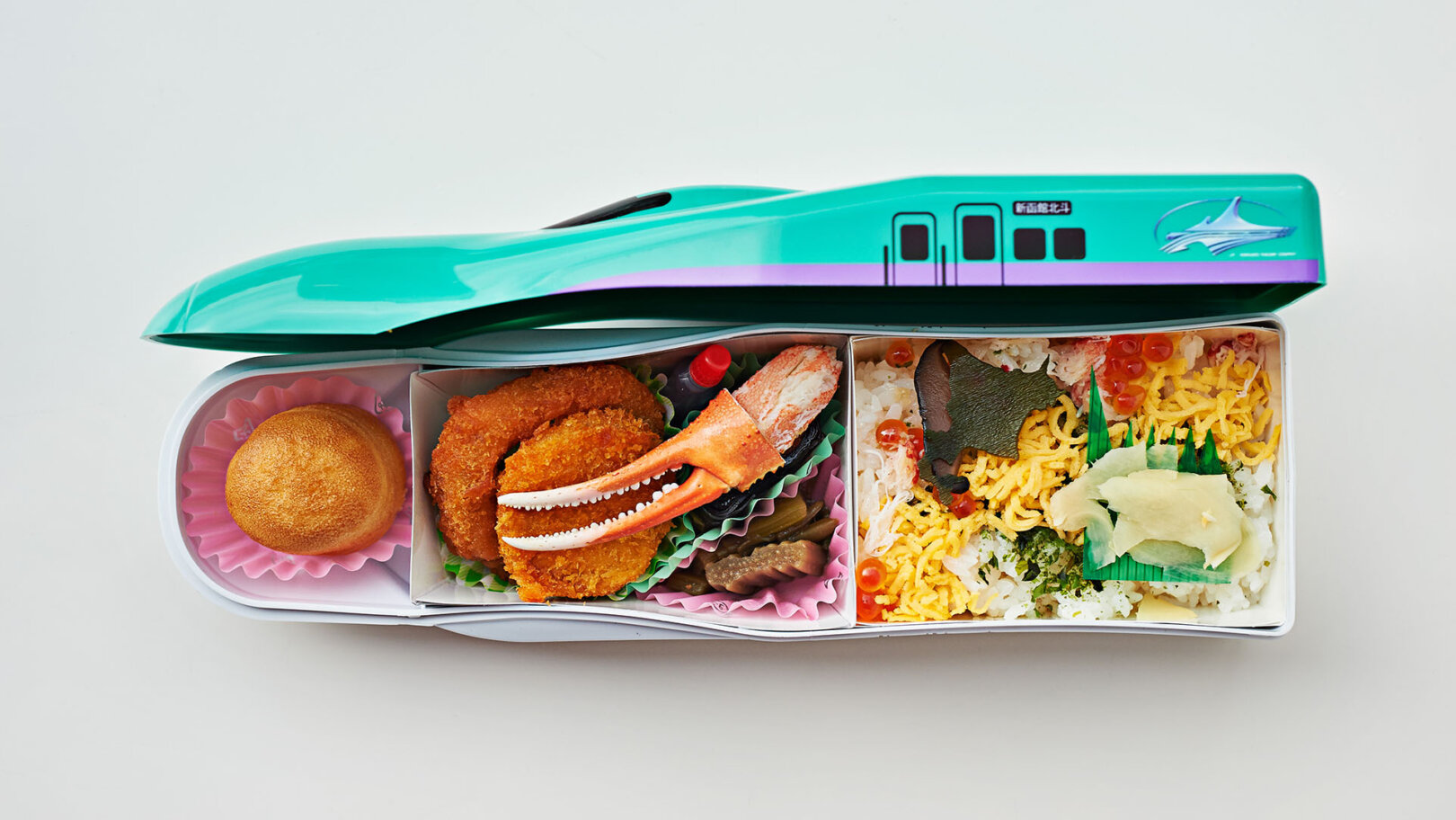
There are bentos for every occasion, including taking a train
“You should purify yourself, as you would do before prayer,” she says. Together, we squeeze through a small ‘crawling-in door’, built purposefully low so that all those who enter the teahouse stoop can humble themselves before the tea ceremony begins.
I sit cross-legged on the tatami-mat floor as the preparation of matcha then gets underway, at a pace so deliberate it resembles a kind of performance art. Eventually, I’m passed a cup of the leafy, astringent liquid along with a shokado, the traditional tea-ceremony bento.
Ms Moriya lifts the lid of the sleek red-and-black lacquered box (said to have inspired the design of the modern-day Thinkpad computer), and invites me to eat one piece of food at a time, moving slowly around the four compartments in a clockwise direction. “Everything done at the temple, from sweeping the garden leaves to drinking tea and eating bento, is done without hurry,” she says. “All are a form of meditation.”
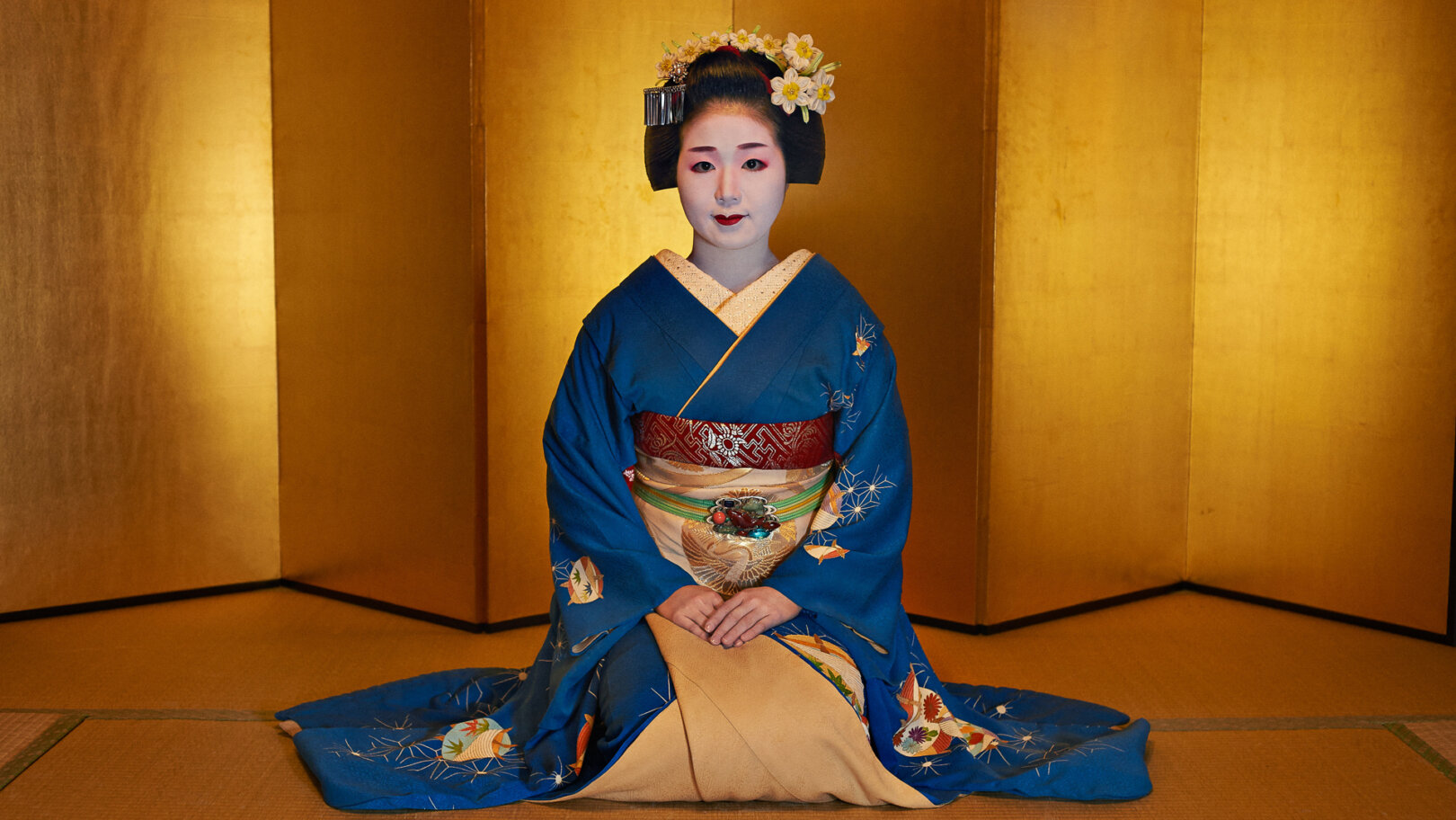
She’s in full regalia, her ghostly face flecked with red maquillage
Night falls and I head to Gion, one of Kyoto’s so-called flower towns, where for centuries geishas have entertained guests with their witty conversation and displays of classical music and dance. Highly respected artistes, they spend five years living secluded lives as apprentice maiko, before graduating to geiko, as Kyoto’s geishas are known.
I knock on the door of an old timber-framed house where an okasan (a type of geisha foster-parent-cum-manager) answers and guides me to a gilded salon.
The shuffling of silk can be heard next door before Tomitsuyu enters in full regalia, her ghostly face flecked with red maquillage around the eyes and mouth, and the nape of her neck painted to look more slender in the candlelight.
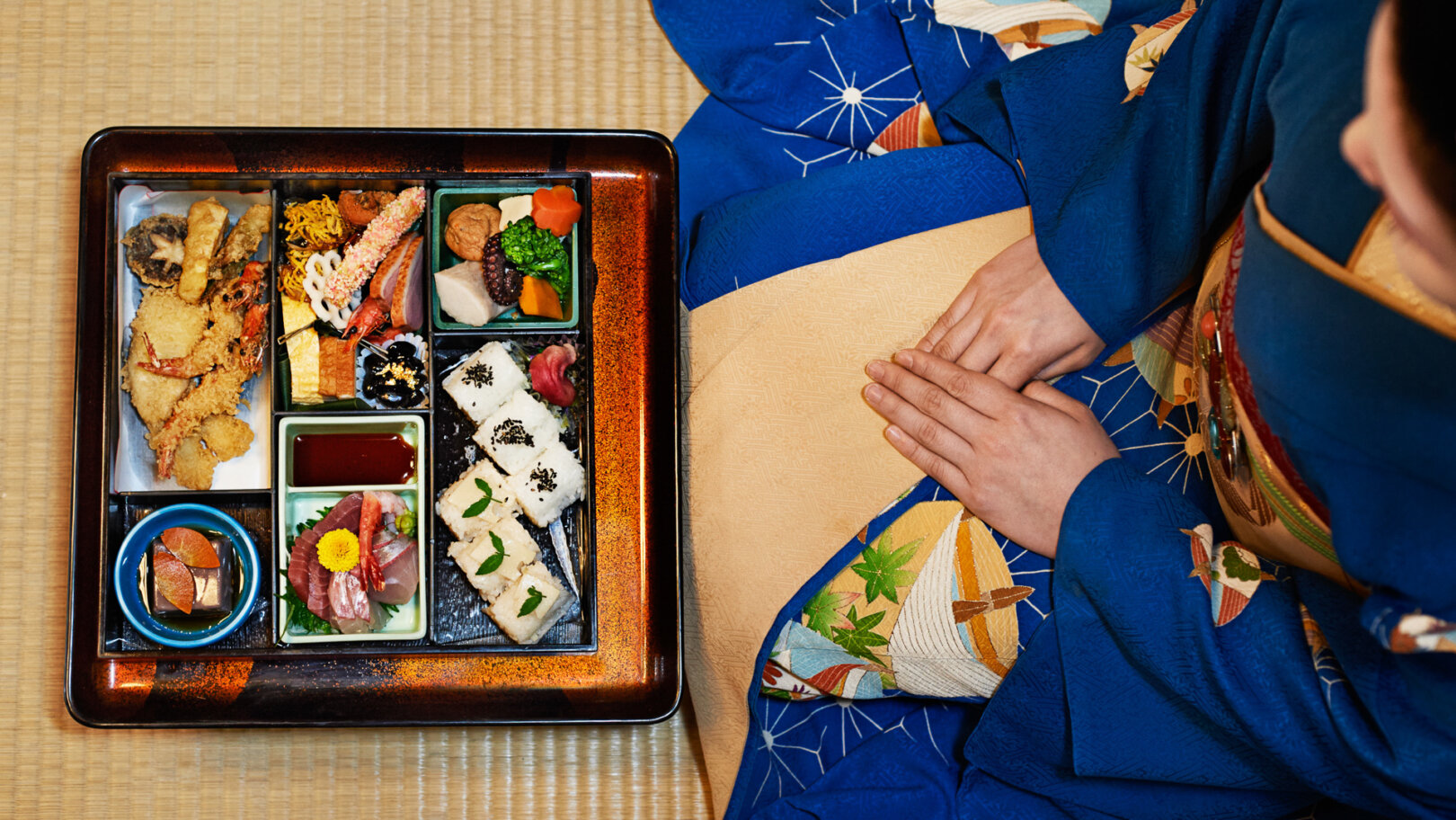
Special ingredients include gold-leaf coated beans
She greets me in a voice purposefully pitched high to accentuate her youth before presenting me with an iwaizen. “This bento is for celebrations,” she says, pointing to some of its special ingredients, including gold-leaf coated beans and a single chrysanthemum, the emblem of the Imperial Family.
“It may be for a wedding, a new baby or a visitor from abroad. In Japanese culture, we consider it important to honor our foreign guests with the finest hospitality.”
Next day, I jump on the shinkansen (bullet train) to Tokyo. A short walk from the station stands Nihombashi Mitsukoshi, Japan’s first department store, which was founded in 1904 but has roots dating back to 1673 when it began life as a simple kimono shop.
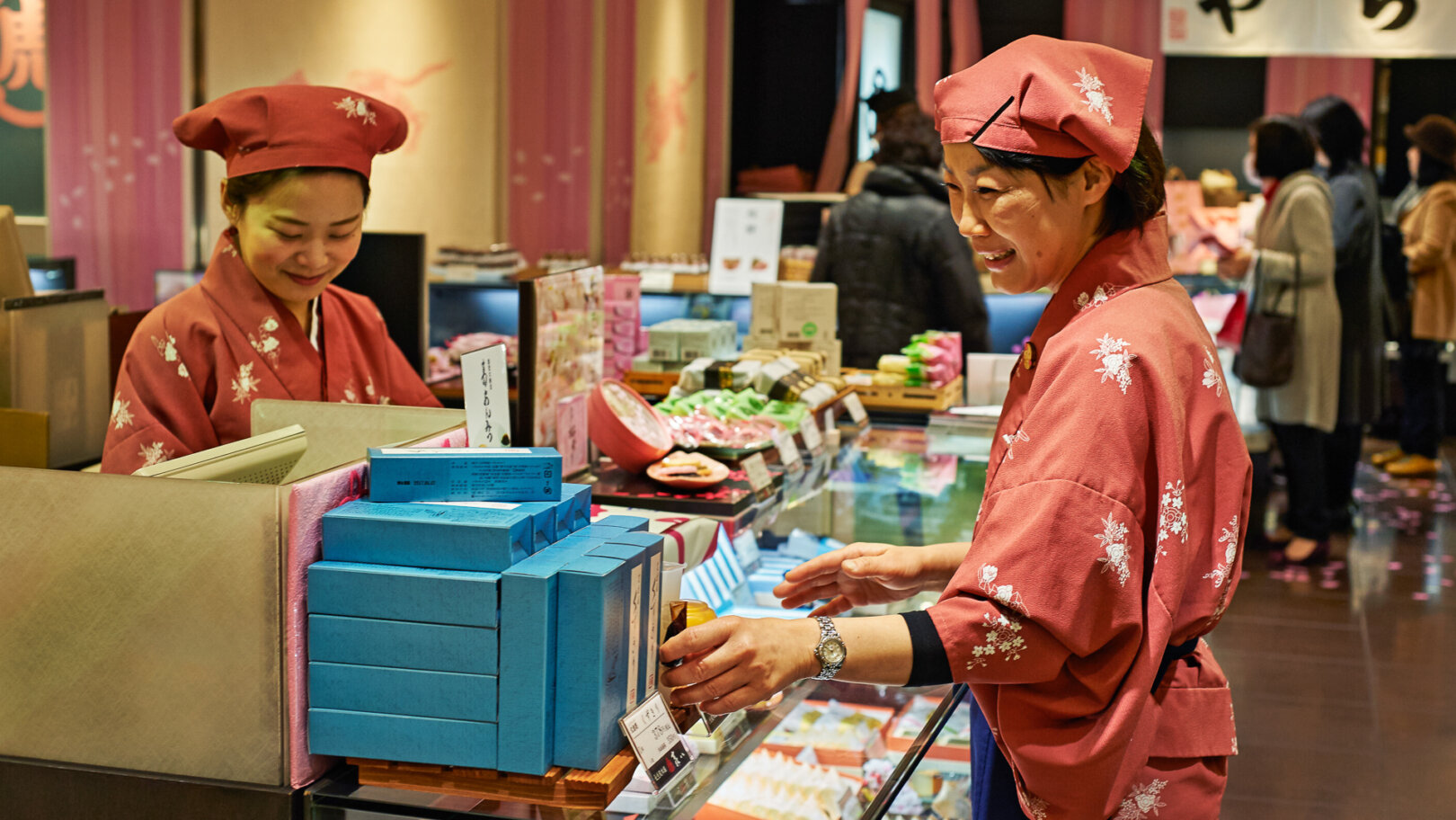
Ms Kondo helps me choose a hinomaru, or circle-of-the-sun bento
There, I meet Ms Kondo, the okami (manager), who guides me around the vast food hall and its treasure trove of exquisitely packaged bento boxes.
“I think the Japanese love them so much because we have a deeply rooted culture of omiyage or gifting,” she explains. “Each one looks like a present; they come wrapped in paper or tied with ribbon. So buying one is like giving a gift to yourself every day of the week.”
Ms Kondo helps me choose a hinomaru, or circle-of-the-sun bento, consisting of a single umeboshi on a bed of rice, the tart vinegary-ness of the pickled plum perfectly matched by a dressing of umami-rich soy sauce from a 500-year-old brewery on the island of Shōdoshima.
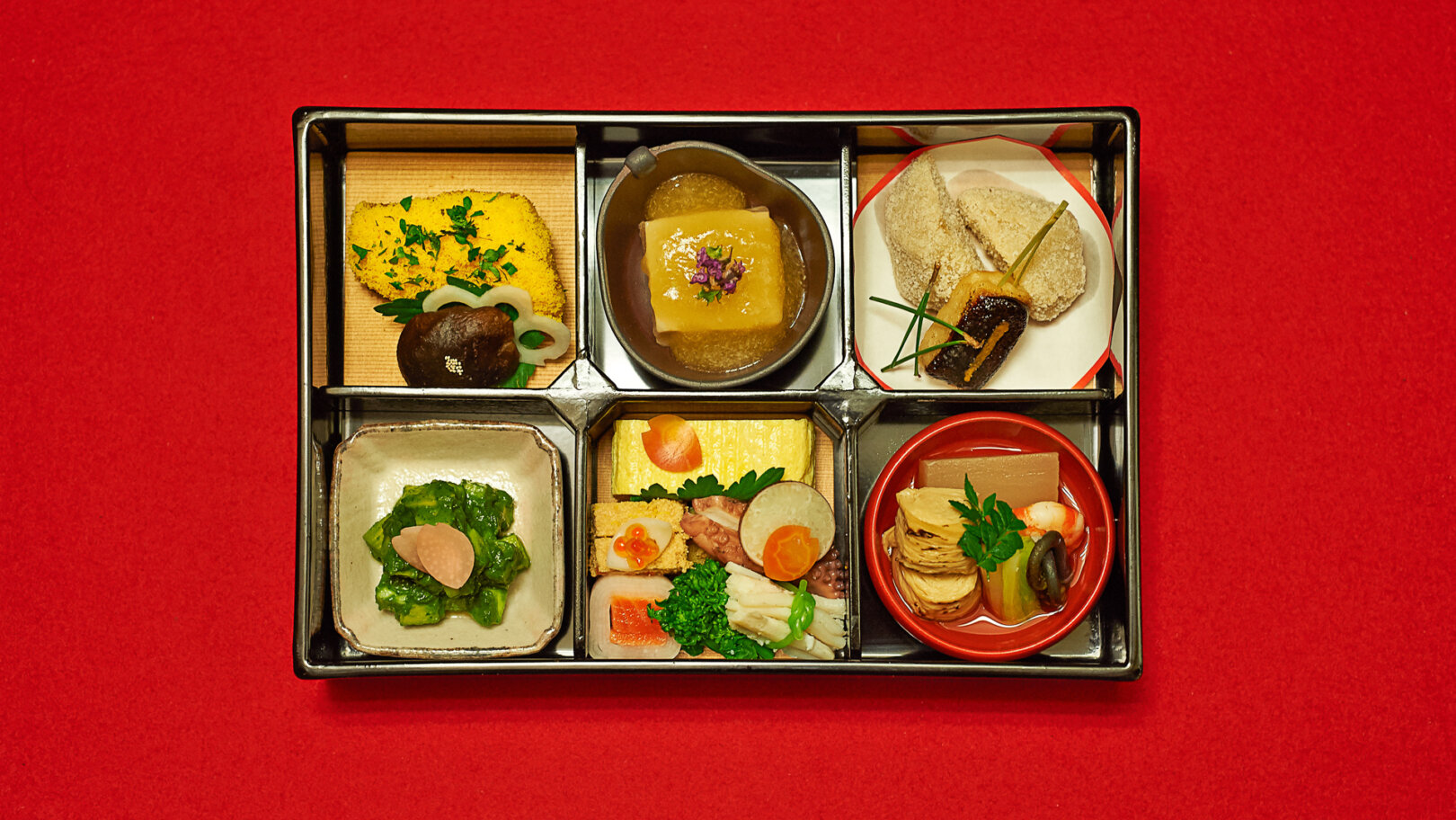
In Japanese cuisine, the flavours are crucial, but so are the aesthetics
Resembling the national flag, the hinomaru is the most patriotic of the bentos and also the simplest. In stark contrast are the kaiseki ryori boxes, which are a speciality of the capital’s haute-cuisine establishments, such as Michelin-starred Kikunoi.
“It requires 10 people with more than 100 years of combined cooking experience to make each kaiseki ryori,” Kikunoi’s executive chef, Kenta Miura, tells me, as he explains the process behind Japan’s celebrated multi-course meals.
“The boxes must display a mastery of many kitchen skills: poaching, grilling, steaming, tempura and sashimi cutting,” he says. “The chefs must be coordinated to deliver perfection at the same time, much the same as an orchestra. Their work must be beautifully laid out like a garden. In Japanese cuisine, the flavours are crucial, but so are the aesthetics.”
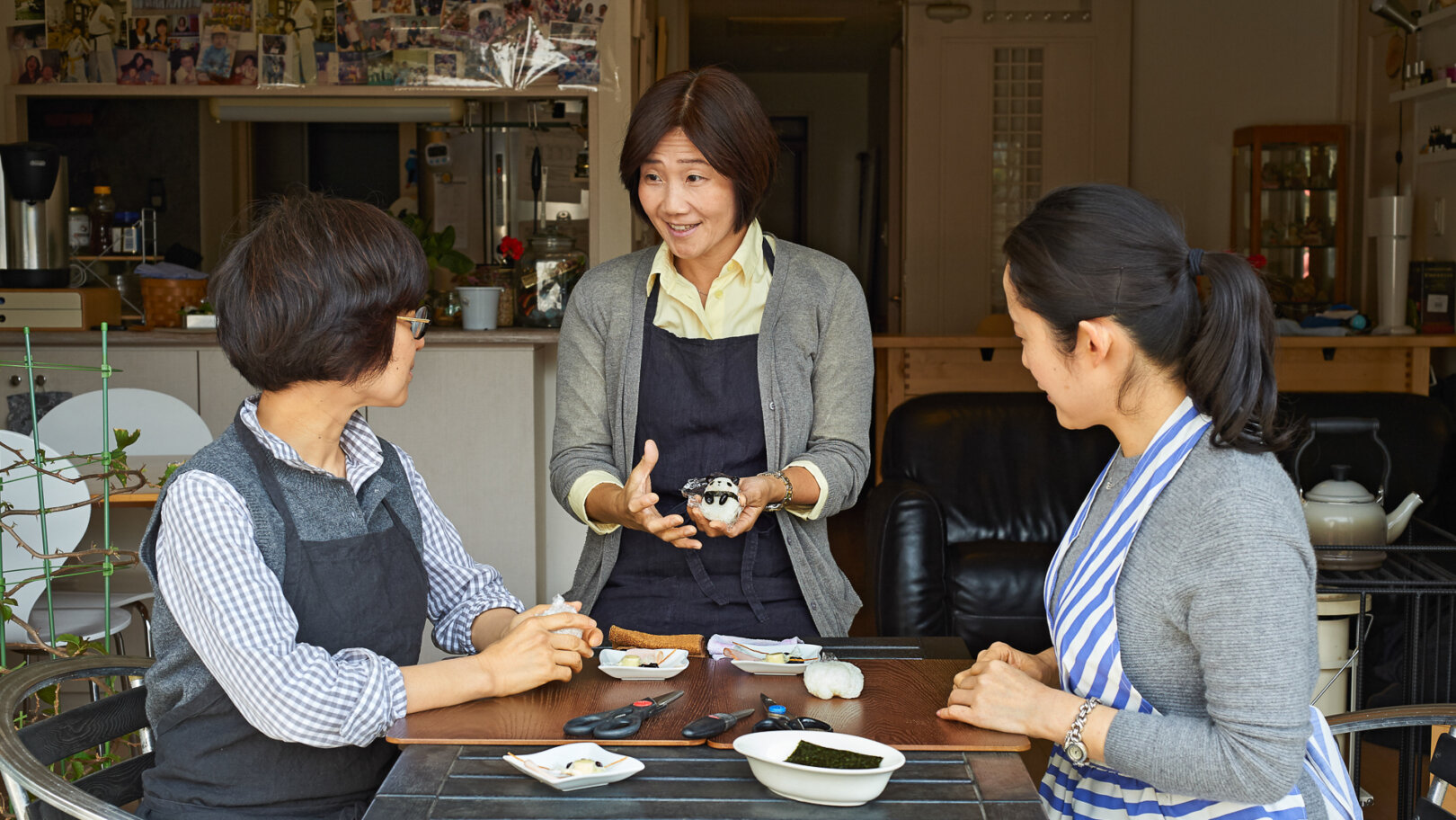
Making bento has become a competitive sport among mothers
Appearances are everything at O Bento 4 Kids, a cooking school that teaches kyra bento (character bento), and my final stop of the journey. “Making the most extravagant kyra bento has become a competitive sport among metropolitan mothers of kindergarten-age children,” says school founder, Tomomi Maruo, who has taught hundreds of housewives how to fashion rice-ball pandas and fish-and-seaweed kitties for their children’s lunchboxes.
“They will happily spend an hour or two every morning making a kyra bento because their creations are seen as a reflection of their parenting abilities. So, in a society where much is unspoken because of the rules of etiquette, the kyra bento gives mums a chance to express their feelings and show everyone how much they love their children.”
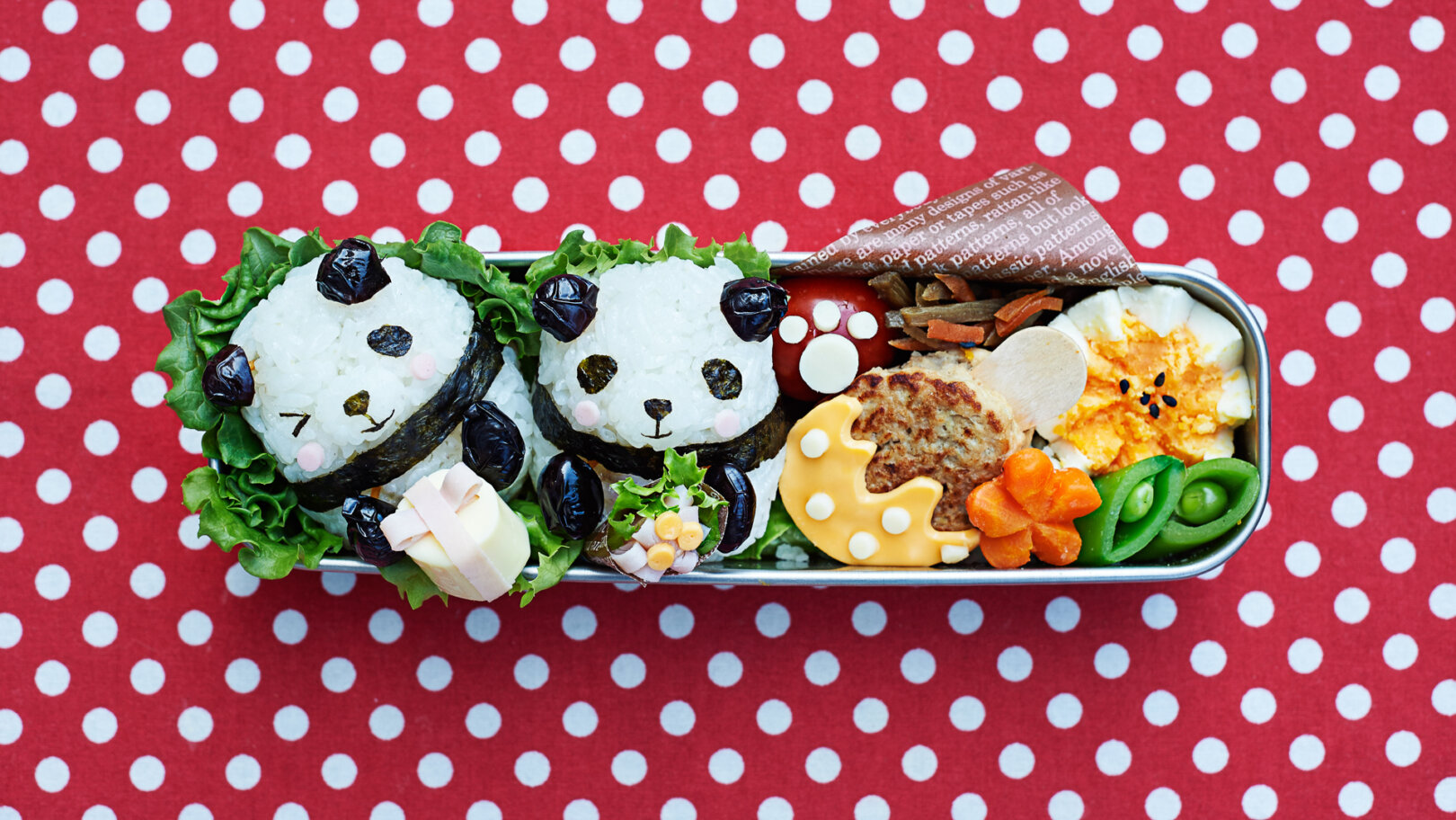
In Japan, the simplest of meals can be turned into a work of art
As Ms Maruo began teaching me how to create a rice-ball panda’s rosy cheeks from tiny circles of ham, I reflected on how much the bento reveals about the national psyche: its love of order, the importance of presentation and design; how ancient traditions sit comfortably alongside the cutting edge; and how in Japan, even the simplest of meals, can be turned into a work of art.
Inspired? Join Flash Pack’s group adventure in Japan to experience the country’s prided food culture via geisha-led tea ceremonies, multi-course kaiseki meals, hands-on ramen masterclasses and calorie-rich sumo feasts.
Got a story or adventure that could inspire a solo traveler like you? Tag @flashpack on social or email [email protected] to be featured.
Images: Courtesy of writer and photographer Simon Urwin










